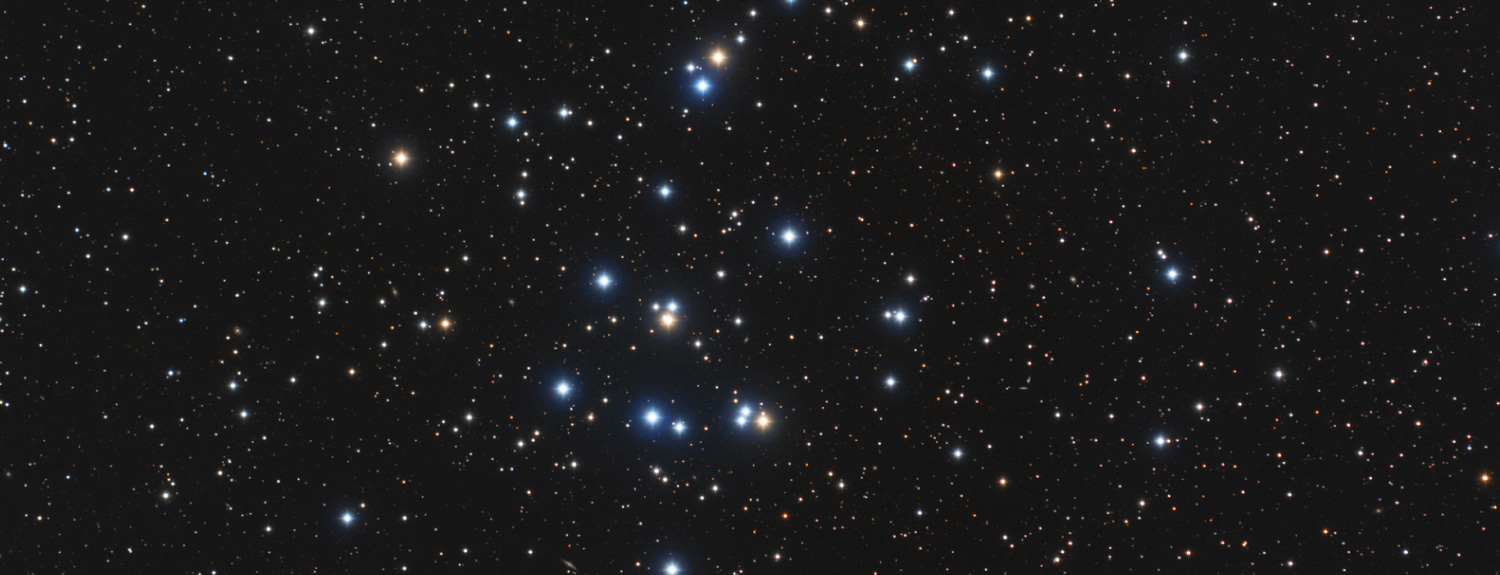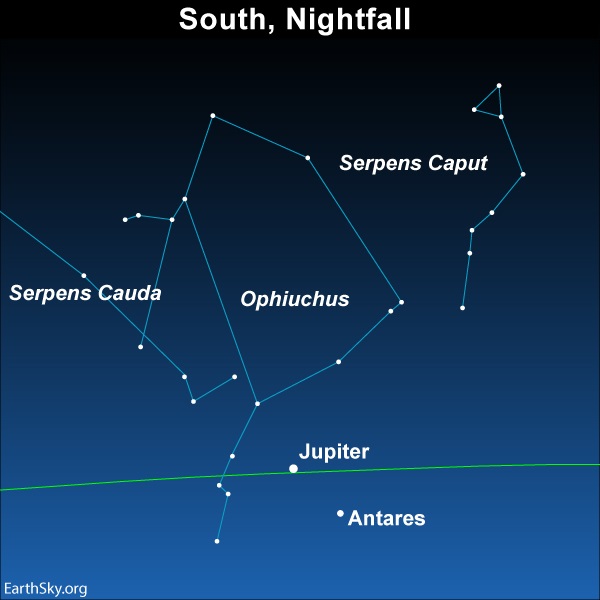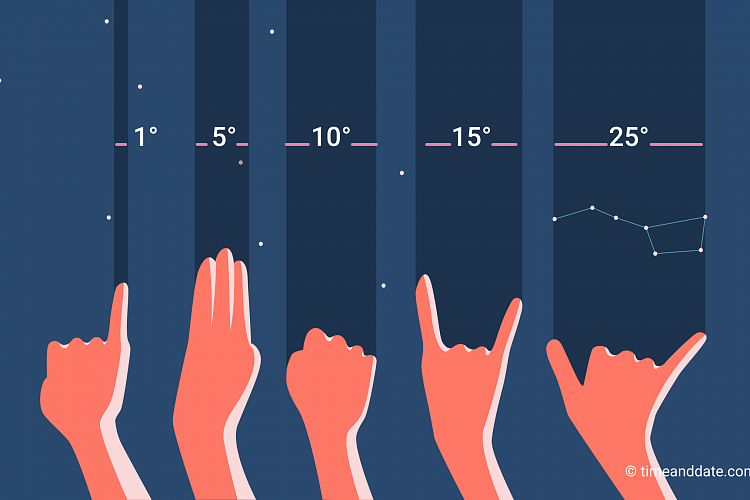
Minnesota Skies: June 2019
Your local guide to observing celestial objects and events
Published05/31/2019 , by Parke Kunkle & Thaddeus LaCoursiere
Meteorological summer begins June 1, and astronomical summer is fast approaching with the Summer solstice on June 21—the longest day of the year for the Northern Hemisphere (shortest day for the Southern Hemisphere). The solstice takes place place on June 21, 2019 at 15:54 UTC (that’s 10:54 am CDT), and marks the sun’s most northerly point in Earth’s sky. Humans have celebrated this astronomical event throughout the ages, so join in and soak up the early dawns, long days, late sunsets, and short nights.
Signs of summer are buzzing both here on Earth and out in the cosmos. Salute our pollinators by looking for the Beehive Cluster (pictured above, NASA/Bob Franke) with binoculars on June 6 at 10:30 pm just above left of Moon in the southwest.
A giant opportunity

Fifth in line from the Sun, Jupiter is, by far, the largest planet in the solar system – more than twice as massive as all the other planets combined. Luckily for us, Jupiter gleams brilliantly all month and all night, rising in the southeast around dusk and setting in the southwest around dawn.
The stars of Ophiuchus, the Serpent Bearer, shine faintly in the background. What you say? Jupiter is in Ophiuchus? Yes, there are 13 constellations in the zodiac and the sun is in Ophiuchus from Nov 30 to Dec 17 and Jupiter is in it all month. Moon outshines many of Ophiuchus’ stars so look for it low in the southeast around 11 pm during the first or last week of June when Moon is not in that part of the sky.
Use our Minnesota Skies sky map to find the Serpent Bearer and the two serpents to either side. The bright reddish star Antares glows in Scorpius, about 12 degrees to the right of Jupiter.
Lunar highlights
June 3—New Moon
The Moon is located on the same side of the Earth as the Sun
and is not visible in the night sky. This is the best time of the
month to observe faint objects like galaxies and star clusters
because there is no moonlight to interfere.
June 10—First Quarter Moon
The Moon is one quarter of its way through its orbit around
the Earth, which makes half the Moon illuminated and half
dark from our perspective.
June 17—Full Moon
The Moon is located on the opposite side of the Earth as the
Sun and the side we see is fully illuminated.
June 25—Last Quarter Moon
This phase occurs when the Moon is three-quarters of the
way through its orbit around the Earth.
Deep sky objects
June Bootids
Observing method: Naked eye
Constellation: Everywhere! / All of them!
This meteor shower is less famous than others but this year the Bootids have a winning feature: the peak occurs just before the new Moon! Meteor showers occur when the Earth passes through a trail of rock and dust left behind a comet or asteroid. The rock and dust enters the Earth’s atmosphere and heats up, causing a brief flash of light. You might also know this as a shooting star! The Bootids is caused by the comet 7P/Pons-Winnecke and the material is moving relatively slowly–only 40,000 mph (18 km/s)–so a meteor may be visible for several seconds once it hits the Earth’s atmosphere. However, even with that, it helps to look for meteors under as dark skies as possible. Without a bright Moon, this could be your year to see the Bootids!
Dedicated observers can also submit their meteor counts to the American Meteor Society at www.amsmeteors.org.


